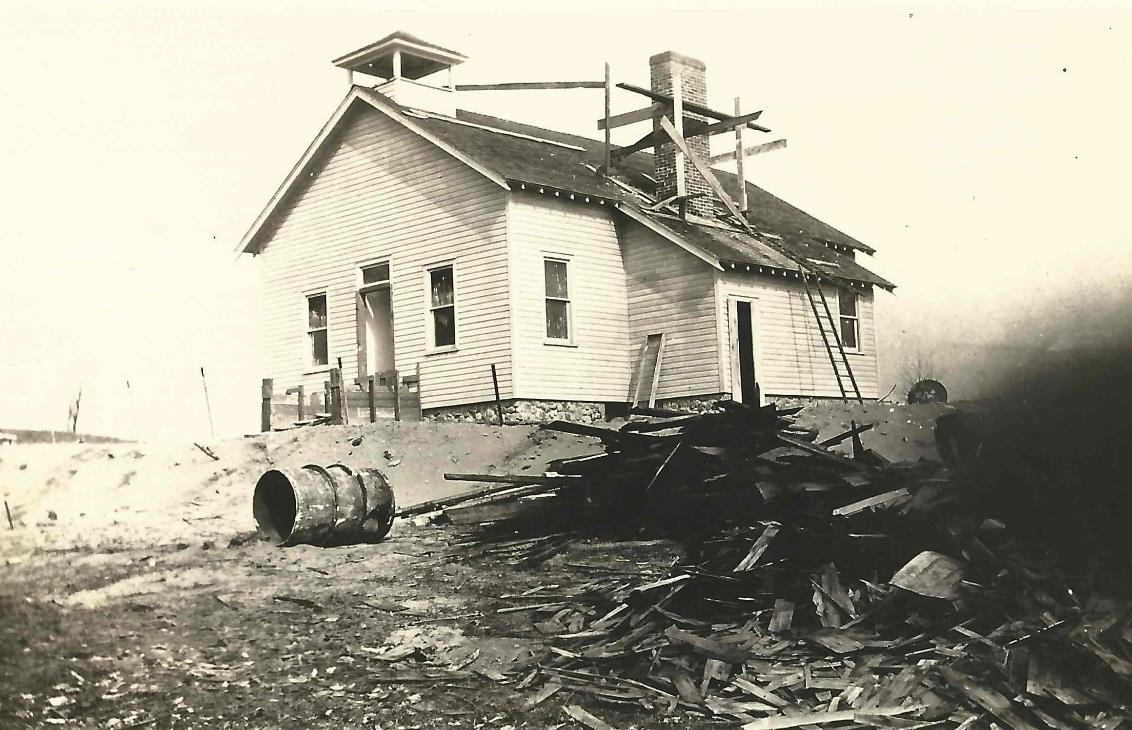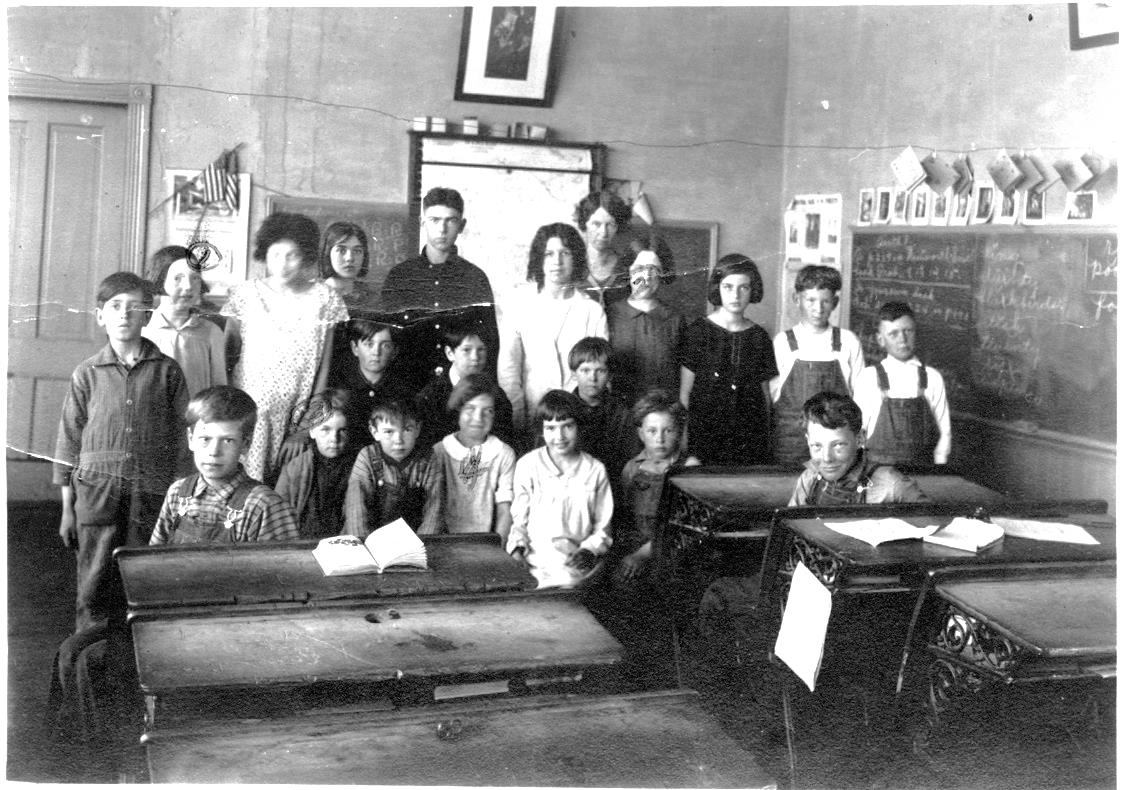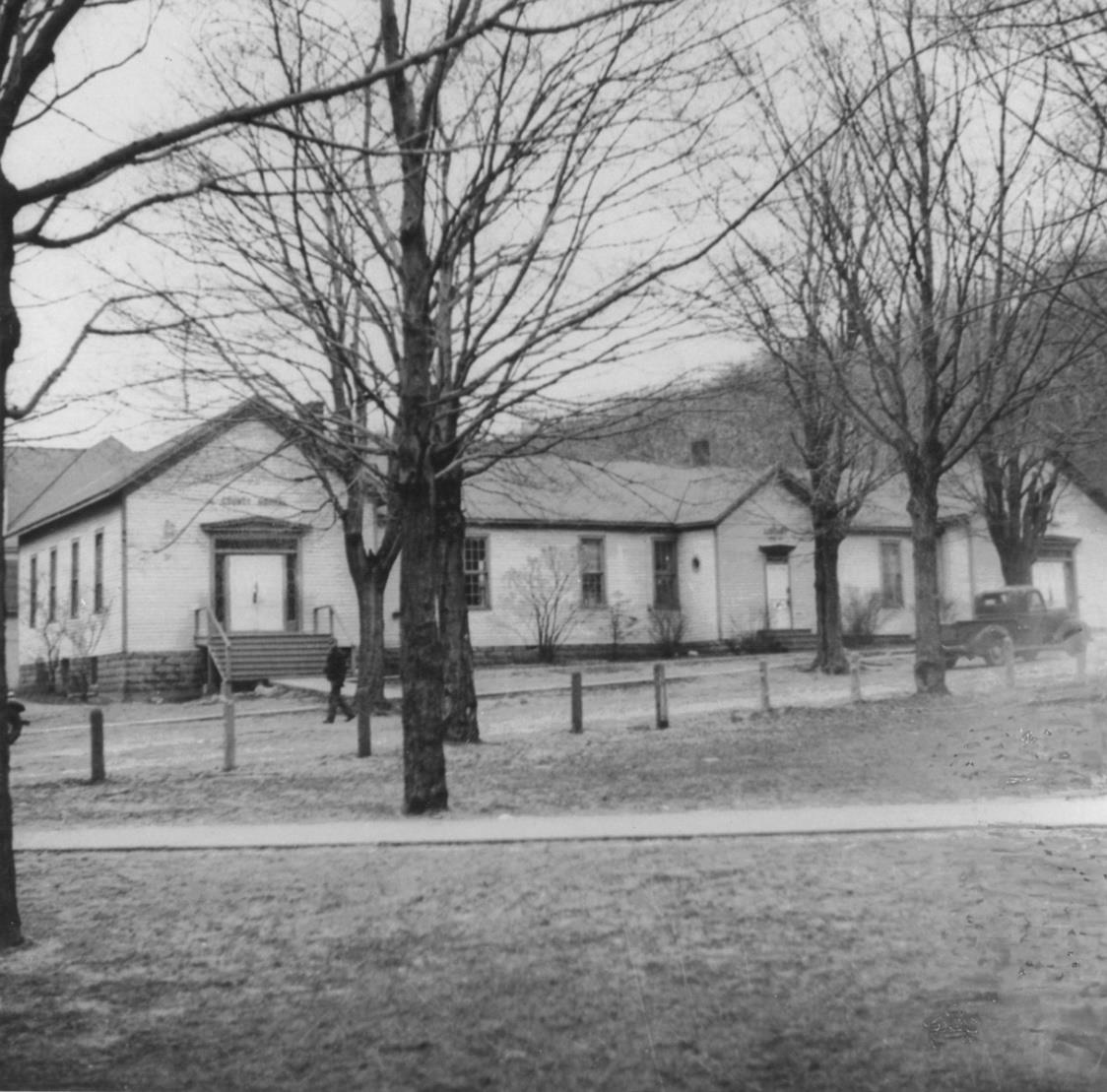Learning in an Old-time Country School
by Ed Howard
Reprinted from Society News, the newsletter of the Arcadia Area Historical Society
November 2017. Volume 23 Issue 2.
|
Back on August 27 the Society held another of its annual “Cracker Barrel” panel discussions, and this time it dealt with a topic that seemed of great local interest---What it was like to attend or teach-in an old-time one room country school. On the panel were local folks who had experienced one or both. By the end of this enlightening back-in-time session, I think the audience realized that the experiences of this panel weren’t too far removed from those of Laura Ingalls Wilder in her “Little House on the Prairie” days. Much input and a variety of impressions were wanted for this session, so the panel number was made large, six members on stage and another six in the front row, and the members represented seven different one room schools—two in Wisconsin. Local schools represented were Fredrickson School (with panelists Maud “Dolph” Anderson, Pat “Dolph” Danke, Rod Hunt, Jack Muehlman, and Sandra “Dolph” Willsey), Howard School (panelists Jay Fitzhugh and June “Frain” Sanborn), Putney School (Frank Putney) and Wood School (Shirley Anderson – teacher). Representing Wisconsin one-roomers were Gordon Danke and Barb Haak. Rick Jones represented one he attended in the Waterford area of our state. All of the panelists had experienced schooling during the 1930s and 1940s, which was during, or fringed on the Great Depression, so, after introducing the topic and the panel, moderator Ed Howard (me) set the rather austere scene of the times by describing the one-roomer he attended (nine years, K-8) which, though built in 1929, never had electricity and had only wind and a windmill to supply its water. Until that windmill was finally piped to inside plumbing, the school had outdoor toilets only. Kerosene lamps and lanterns did make for unique settings for evening programs. |
|
 |
|
|
Most panelists reported their schools eventually had electricity, but, also that, originally, their schools had only outdoor toilets, a girl’s and a boy’s. Wood or coal burning stoves or furnaces were their source for heat in all cases. The teacher was generally responsible for arriving in time to start or rekindle those winter fires, but, panelists Rod and Jay both said that, for a time, they were paid minimal amounts by their teachers to arrive early and perform that task. The older students had the responsibility of keeping the fire going during the day. In an old-time one room school the teacher was responsible for everything, including housekeeping, but the students, as the panelists described, all had their own assigned morning and endof-day duties. Whether it be putting up and taking down the flag, wiping the blackboards, dusting erasers, putting away books, or sweeping the floor, the students expected to do their share and usually did it without complaint. And always, their desks had to be clear and organized before going home. The daily routine seemed to be basically the same for all the schools represented. The ringing of the bell called everyone in and to their seats. Then the day began with all standing and reciting the pledge of allegiance. Before regular classes began, a carefully selected on-going story was read by the teacher-- something of interest to all grades and something that exemplified good human characteristics. The daily assignments for the third grade on up were written on the black board up front, so those grades could immediately get into their studies. Kindergarteners were usually seated at a table up front by the teacher, and the first and second graders occupied the upfront row or rows; they were the ones tutored first in the morning. |
|
|
|
|
|
Classes for the middle and upper grades were conducted in open seating up front near the teacher’s desk, and, in planned order, the teacher called them up there by grade and subject, “fourth grade geography”, “fifth grade reading”, etc. These instruction sessions generally lasted only ten to fifteen minutes, and then the next day’s assignments were given. Sharing the same classroom for as many as nine years (K-8) meant students heard the lessons of all classes over and over again, so these lessons would remain imbedded in their minds long after finishing school. Panel members appreciated that many of those repeated lessons encouraged good human qualities like honesty, fairness, courage, and perseverance. Citizenship was still part of the curriculum back then. For a one-room, all subjects, all grades teacher to conduct each day successfully, required great discipline within the entire student body, and in those days, supported by the parents and the community, she generally had it. As panelist Rick Jones testified, extreme misbehavior was not a problem. Barb Haak supported this by saying that if a student in her school had to be punished by the teacher, that punishment would be greatly amplified by the parents when the child got home. It would take a book to cover all that we learned about one room schools during that August Cracker Barrel, so we’ll not try here. We’ve said nothing about the institutions that trained and produced these country school teachers, the local one being the long-gone Benzie County Normal in Frankfort. For years, that little center ran a one year training program and graduated many of the teachers that taught locally and in single room schools throughout the state. Some of our panelists began their careers in that Normal. |
|
|
|
|
|
What can be said about the success of learning in an old-time one room school? Well, the twelve panelists seemed to have done just fine---all living leisurely in this beautiful area of choice. Four had once been teachers. And, consider having lived elbow to sweaty elbow with boys and girls of all ages and temperaments while passing from kindergarten up through the ranks — experiencing all the adverse put downs/knock downs, but countered always by uplifting acclaims and inspirations. Once finished, an eighth grader would feel little need for diversity training. Things had been about as close-proximity diverse as one would ever want. Filled with confidence and self-reliance, they were ready to face the world—which, in modern years, began with high school. |


